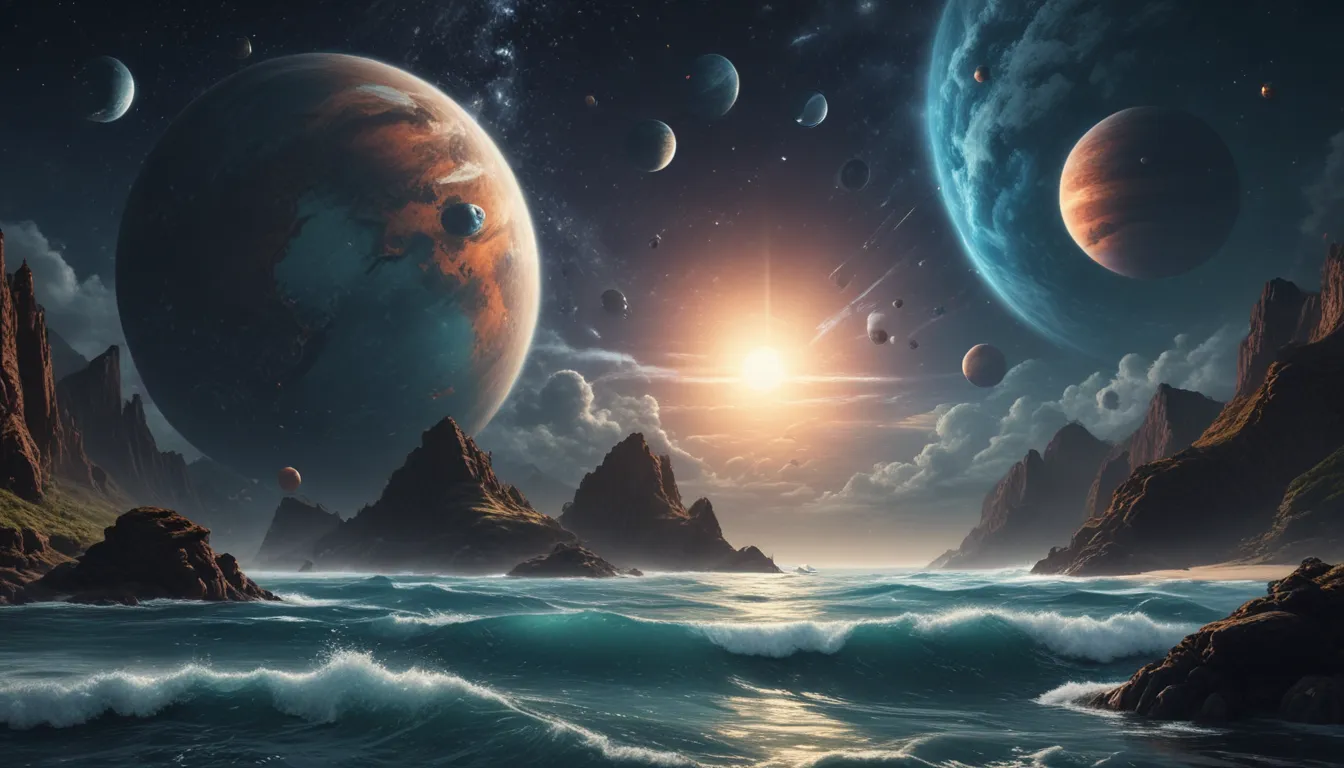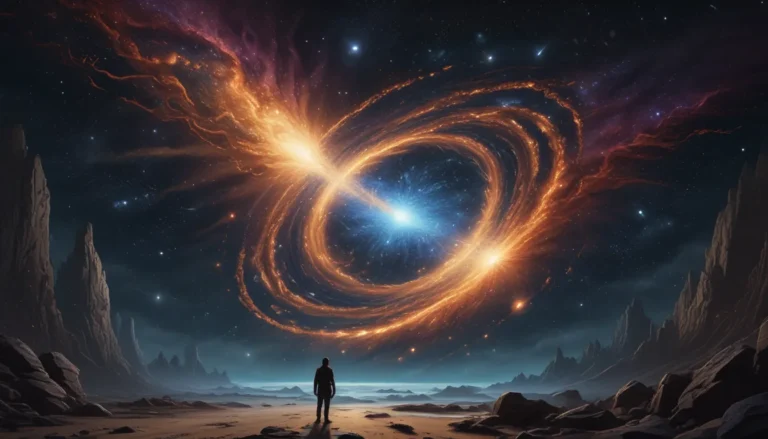The pictures we use in our articles might not show exactly what the words say. We choose these pictures to make you interested in reading more. The pictures work together with the words but don’t take their place. The words still tell you the important facts.
Ocean planets have long captured the imagination of popular fiction and mythology, but did you know that they are scientifically possible? In fact, the Earth itself is a prime example of an ocean planet, with water covering 71% of its surface. Join us on a journey as we explore the fascinating world of ocean planets beyond our own, from icy moons to distant exoplanets.
Unveiling the Mysteries of Ocean Planets
Essential Ocean Planet Facts
- Water bodies cover 71% of the Earth’s surface, with 96.5% of Earth’s water lying in the oceans.
- Theoretical work on ocean worlds began in the 1970s, with discoveries of potential underground oceans on large moons.
- Space telescopes like the Hubble have collected evidence of water on the moons of the solar system’s gas giants.
- The discovery of exoplanets outside of our solar system has opened up new possibilities for ocean planets with over 4000 confirmed exoplanets to date.
- Earth, Mars, Venus, and Mercury are the rocky planets in our solar system, with Earth being the only known ocean planet among them.
Interesting Insights into Ocean Planet Exploration
- Some volcanoes on gas giants’ moons spew ice and water vapor instead of lava.
- Earth’s water originated from condensing water vapor and asteroid impacts.
- Evidence suggests that Venus and Mars were once ocean worlds, but conditions changed over time.
- Implications of too much water on ocean planets and the challenges they face in supporting life.
- The delicate balance of water loss on ocean planets that get too close to a star, impacting their habitability.
Delving into the Ocean Planets of the Universe
Jupiter’s Frozen Moon Europa
Scientists suspect that Jupiter’s moon Europa is made of ice, with a possible ocean lying beneath its smooth surface. Geysers and eruptions of snow and water vapor hint at the presence of a deep ocean driven by various heat sources.
Ganymede: A World of Ice and Rock
Ganymede, Jupiter’s largest moon, is believed to have layers of ice, rock, and liquid water. Suspicion of a vast underwater ocean beneath its surface hints at the potential abundance of water on this moon.
Neptune’s Moon Triton: An Icy World
The mantle of Neptune’s moon Triton is composed entirely of water, erupting ice and water vapor from its volcanoes. The presence of organic compounds under its icy surface adds to the mystery of this cold, watery world.
Pluto: The Dwarf Planet with Water
Pluto’s slow geological changes are driven by a mantle composed of water heated by its metallic core. Despite the lack of volcanic activity, Pluto shows signs of water processes shaping its surface.
Beyond Our Solar System: Exoplanets with Ocean Potential
Kepler-22b: A Distant Water World
Located 587 light-years away, Kepler-22b is theorized to have large quantities of water, making it a potential ocean planet. Its orbit between Venus and Mars hints at the possibility of liquid oceans on this distant exoplanet.
Kepler-452b: The Ancient Ocean Planet
At 1,402 light-years away, Kepler-452b is older than our solar system and potentially lost its oceans due to its size and proximity to its host star. The debate continues on Kepler-452b’s oceanic potential based on its mass and distance.
Kepler-62f: Earth’s Distant Cousin
Kepler-62f, located 990 light-years away, boasts a dimmer and cooler host star than our Sun. With a greater mass and distance, Kepler-62f maintains enough heat to sustain liquid oceans, making it one of the most Earth-like exoplanets discovered.
Conclusion: Embracing the Aquatic Worlds of the Universe
As we journey through the depths of ocean planets, from icy moons to distant exoplanets, we uncover the wonders of aquatic worlds beyond our own. The exploration of ocean planets offers a glimpse into the diversity of planetary systems and the potential for life beyond Earth. Let us continue to marvel at the mysteries of the universe and seek out new horizons in the vast ocean of space.
By reshaping the original article into a more educational and engaging format, we've created a comprehensive guide to ocean planets that captures the curiosity and wonder of exploring aquatic worlds. From essential facts to intriguing insights, each section offers valuable information for readers interested in the realm of ocean planets. Join us on this cosmic voyage as we unravel the mysteries of ocean worlds and embrace the beauty of the universe.






